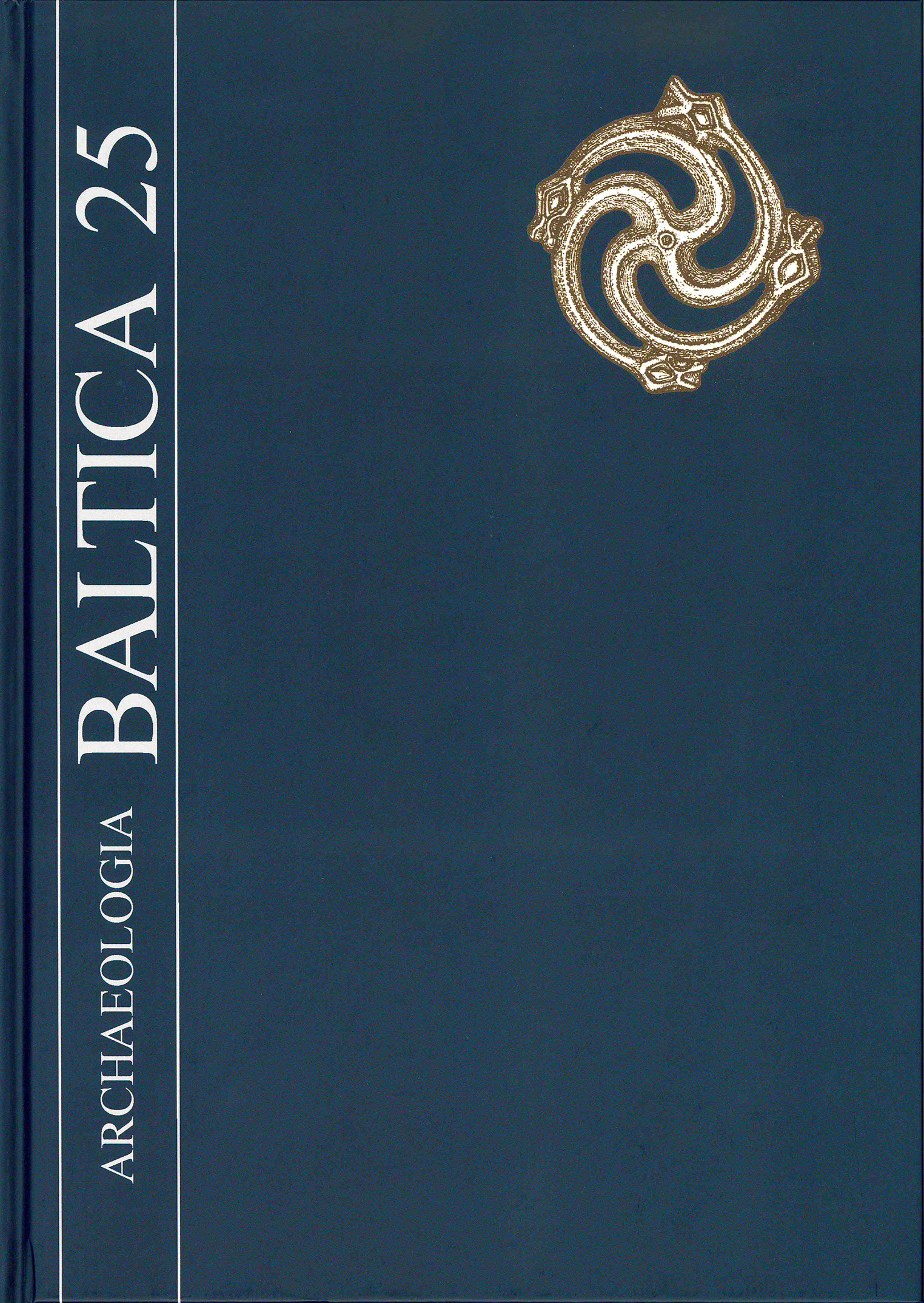Volume 25 (2018), December 2018

Order by:
Pub. online: 5 Dec 2018
Type: Introduction
 Open Access
Open Access
Pub. online: 5 Dec 2018
Type: Article
 Open Access
Open Access
Abstract
Pub. online: 5 Dec 2018
Type: Article
 Open Access
Open Access
Abstract
Pub. online: 5 Dec 2018
Type: Article
 Open Access
Open Access
Abstract
Pub. online: 5 Dec 2018
Type: Article
 Open Access
Open Access
Abstract
Pub. online: 5 Dec 2018
Type: Article
 Open Access
Open Access
Abstract
Pub. online: 5 Dec 2018
Type: Article
 Open Access
Open Access
Abstract
Pub. online: 5 Dec 2018
Type: Article
 Open Access
Open Access
Abstract
Pub. online: 5 Dec 2018
Type: Article
 Open Access
Open Access
Abstract
Pub. online: 5 Dec 2018
Type: Article
 Open Access
Open Access
Abstract